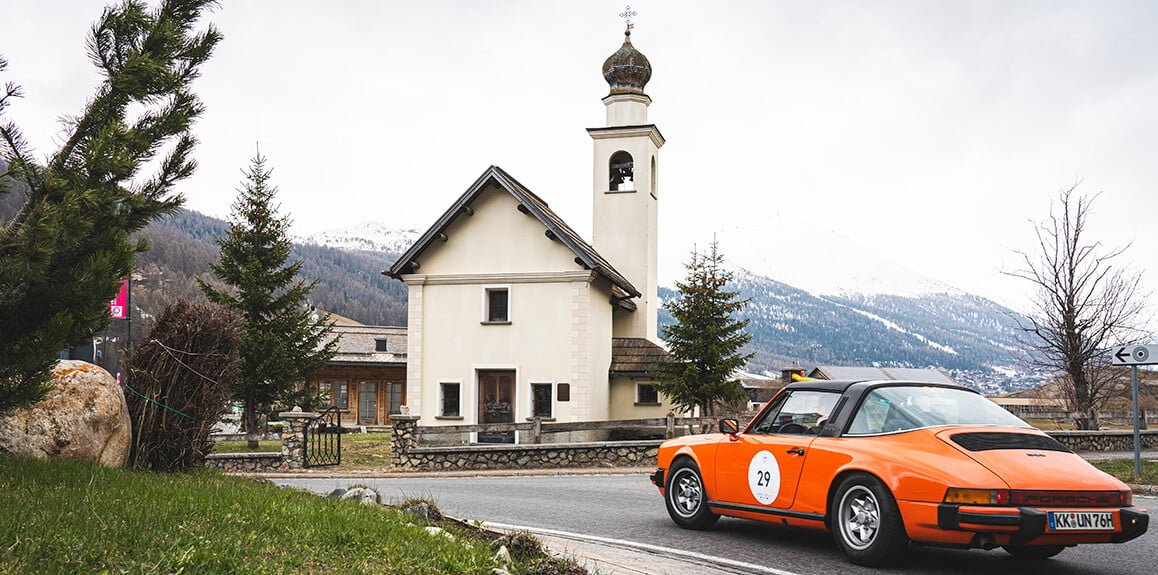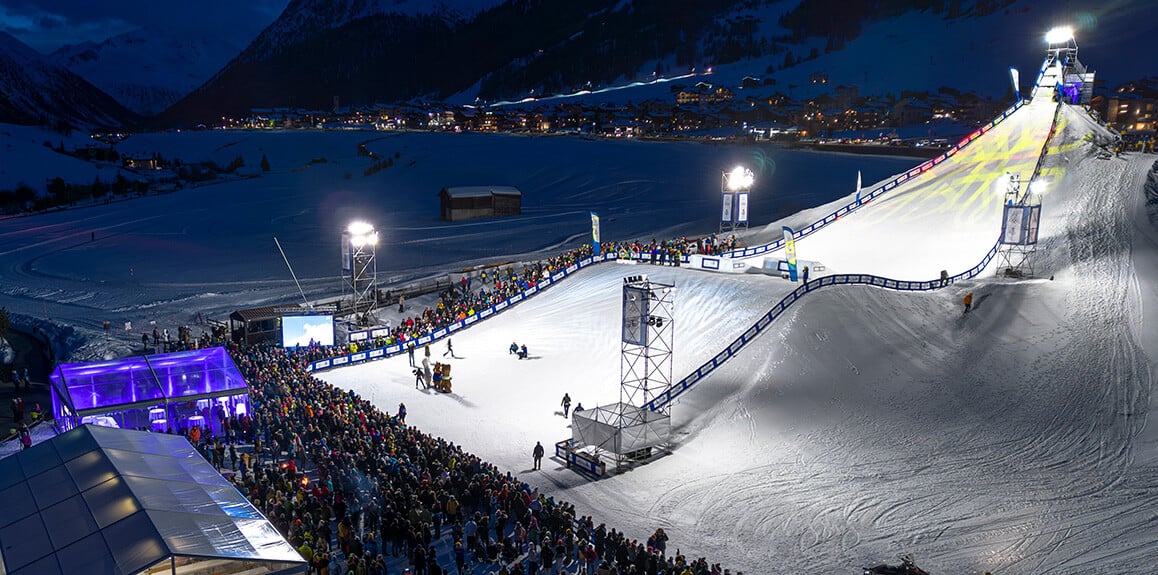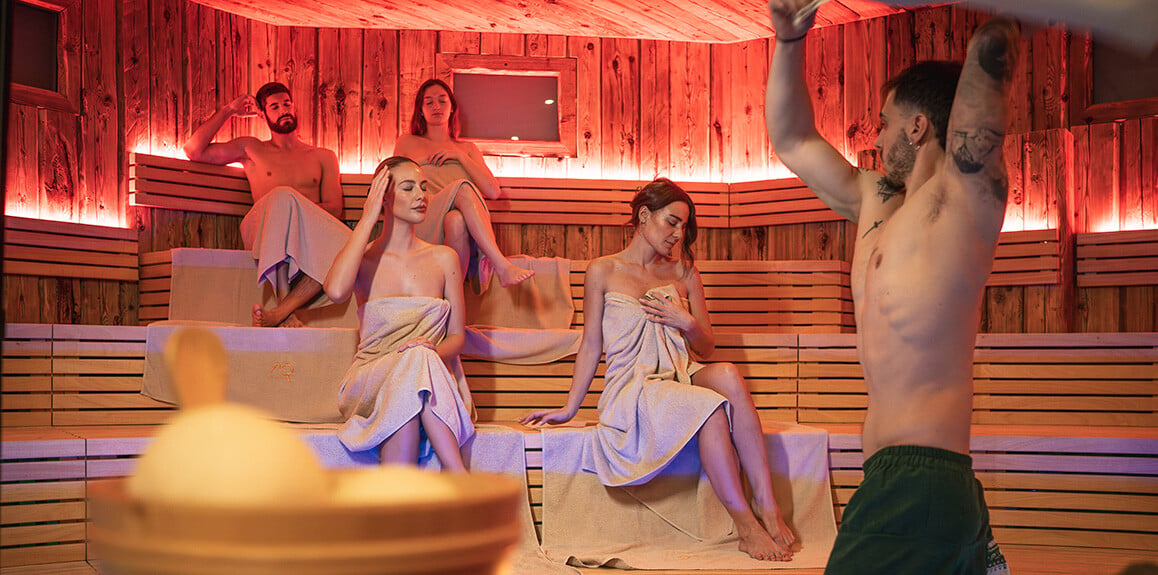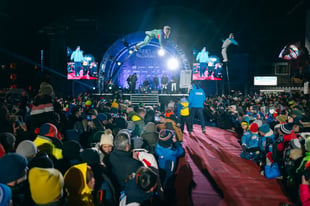Alpine energy

MyLivignoPass: more value to your holiday
You are now being transferred to our sales portal.

MyLivignoPass: more value to your holiday
Livigno. Holiday feeling everywhere
Your tailor-made holiday
Li Zeta Livigno
Audi FIS Ski World Cup
Relive the event with us
EARLY CHRISTMAS ESCAPE
Your Christmas escape, with everything that truly matters
MyLivignoPass: more value to your vacation
Book from the official website and receive MyLivignoPass, the exclusive pass that offers unique benefits, services and experiences. Depending on the property you choose, you'll get a Silver or a Gold Card, with increasing benefits: discounts, dedicated admissions, concessions on outdoor activities, wellness, shopping and more. With MyLivignoPass, every moment in Livigno is worth even more.

Livigno: the Little Tibet of Italy in the heart of Valtellina
In a magnificent valley of the Lombardia Alta Valtellina, just a stone's throw from Switzerland, Livigno combines the high-quality tourist offer and the bond to the territory, in a natural environment of great ecological and scenic value.
This makes Livigno the ideal mountain holiday destination in Italy for families with children, pairs, sportspeople, and groups of friends, who can find the perfect mix of relaxation, fun, good food, sport, and nature, both in the summer and in the winter
Let's not forget the range of facilities and services for high-altitude training, which has made Livigno the reference point for professional and amateur athletes.
Highlights

EVENTS
Coppa delle Alpi
It is already a deep relationship that has been created between Livigno and the Coppa delle Alpi.

HIGHLIGHTS
Events
Take a look at all the events: sport, entertainment, culture, cuisine! Everyone finds their own dimension in Livigno!

HIGHLIGHTS
Ski area
115 km of slopes, 2 skiable slopes, and dreamy snow from November until May: discover our Ski Area!

EXPERIENCES
Aquagranda Wellness&Relax
Aquagranda's Wellness&Relax Area is the perfect place to indulge in total relaxation: saunas, steam baths, tubs, rituals, relaxation rooms and more!
Livigno is active
Ski
Livigno is active
Ski cross country
Livigno è active
Ski touring
Livigno is active
Snowboard e freestyle
Livigno is active
Backcountry&Freeride
Livigno is active
Snowshoes
Livigno is active
Fat bike
Livigno is active
Altitude Training
Experiences
See allIn Livigno any excuse is good to experience new emotions. In addition to the ski lifts, in Livigno you can discover a new way of practising sports and dedicate yourself to winter activities that you never imagined trying
A valley full of history, sports and traditions focused on well-being
Ideas from our Blog
#livigno
Our favourite story? Yours!
Stay updated on offers and holiday ideas!
Subscribe to our newsletter


























.jpg)
.jpg)
.jpg)


